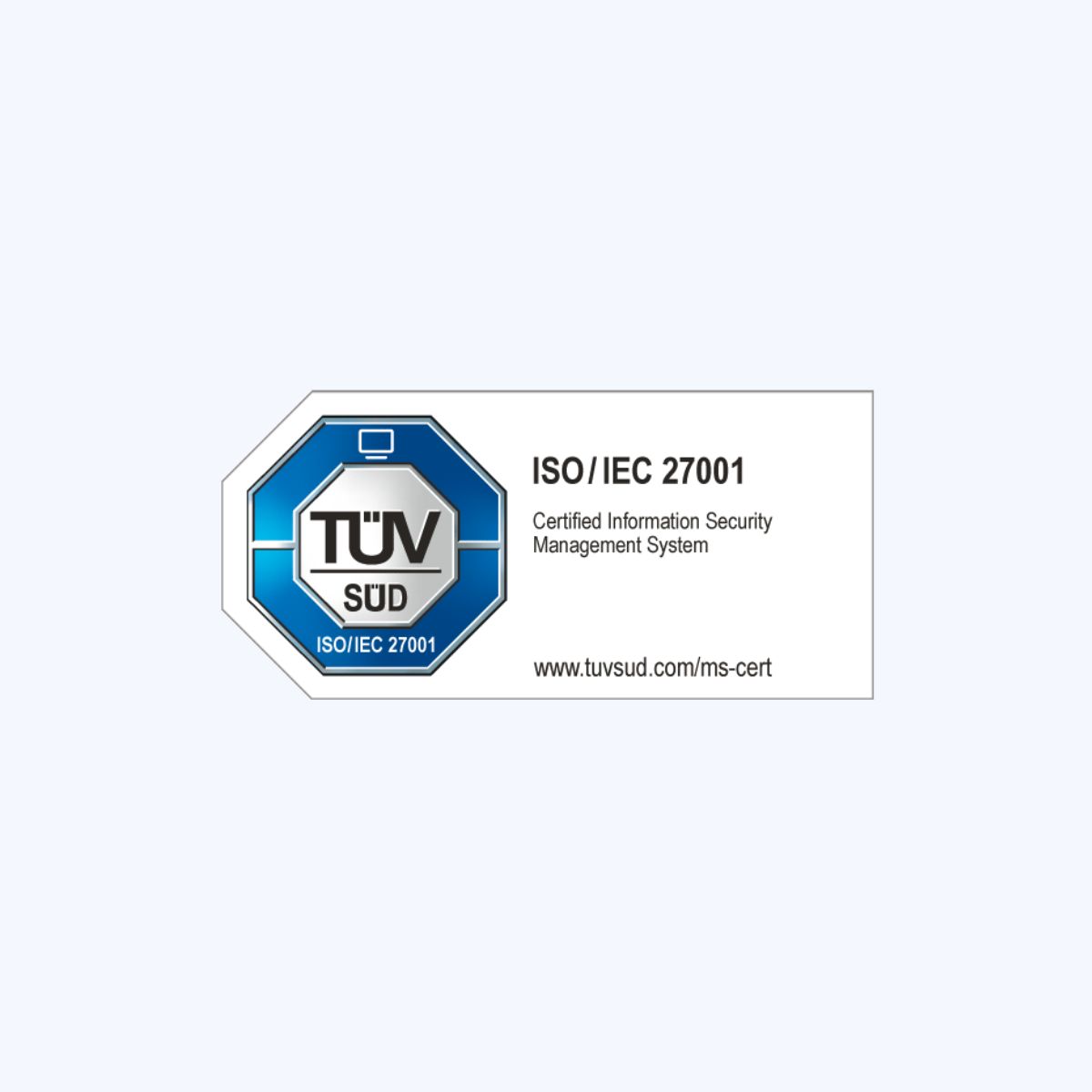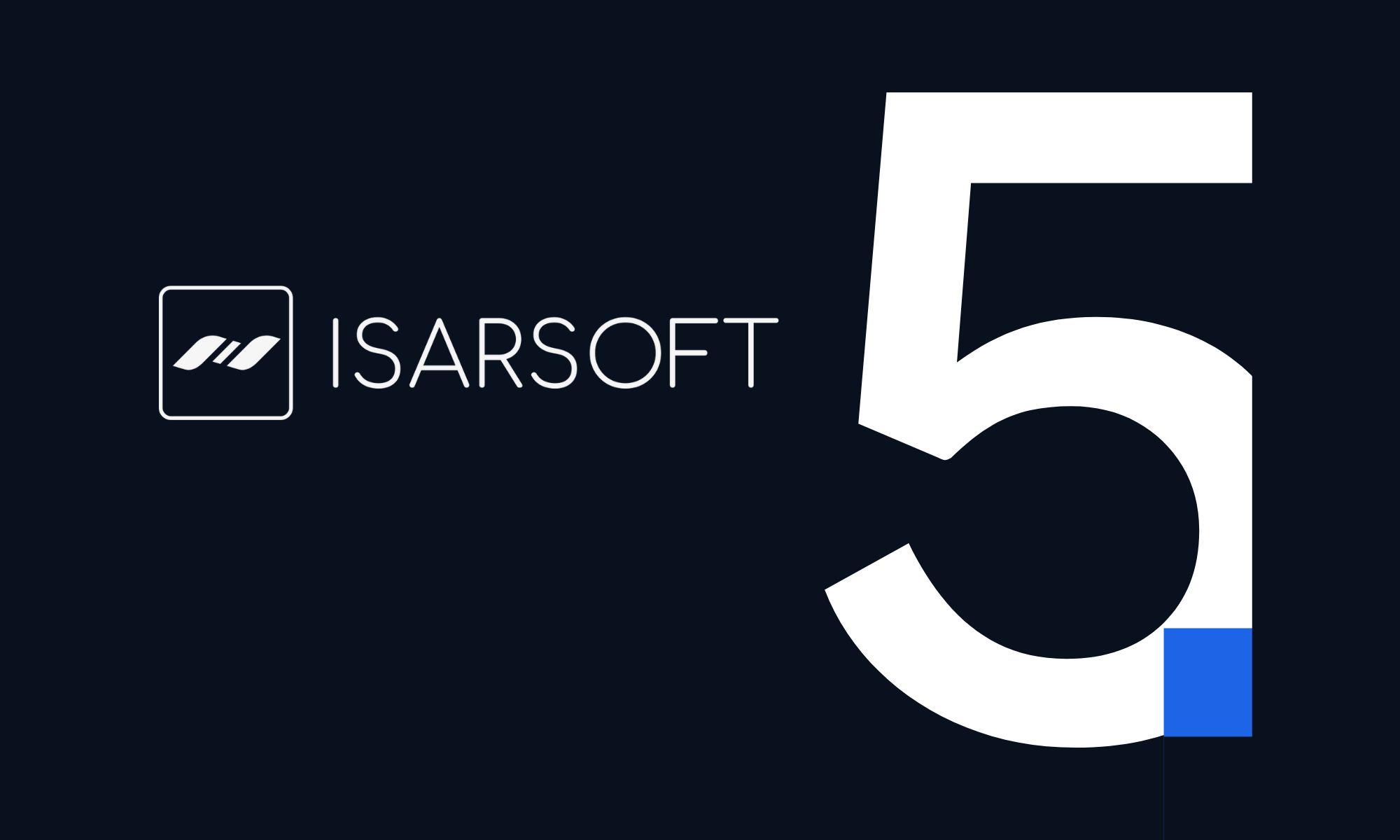People Counting for Retail Stores
Understanding in-store traffic has become mission-critical for modern retailers. With smart people counting systems, businesses can track customer flow, identify peak times, and optimize both operations and space utilization.
Published
July 8, 2025

Foot traffic is one of the most valuable, yet often underutilized, data sources in physical retail. With increased competition from e-commerce and rising consumer expectations, retail businesses need smarter tools to optimize their operations and enhance customer experience.
This is where retail people counting enters the picture. More than just tracking how many people walk through the door, it provides rich, actionable insights that drive both performance and customer satisfaction.
From large shopping centers to local retail shops, people counting is helping retailers evolve with data-driven precision.

A Key Metric for Retail Store People Counting
People counting for retail refers to the use of technology to monitor and measure the number of visitors entering, exiting, or moving through a store or commercial area.
Today’s advanced people counting and retail traffic solutions are designed to help businesses:
- Optimize staff allocation
- Minimize queue lengths
- Refine store layout and design
- Evaluate marketing performance
- Boost operational efficiency
This applies across many environments—from people counting for malls to supermarket people counting systems, enabling insights at every level of retail.
What are the Best People counting Solutions for Retail Stores
Today, the best people counting solutions for retail stores are powered by AI and advanced video analytics. These modern systems do far more than count visitors; they offer real-time, data-rich insights into how customers navigate a space, how long they dwell in key areas, and how traffic patterns fluctuate throughout the day. This granular visibility enables smarter staffing decisions, optimized store layouts, and improved customer experiences.
Intelligent people counting systems now deliver:
- Accurate visitor tracking across multiple entrances and zones.
- Heatmaps and traffic flow analysis to identify popular areas or bottlenecks.
- Behavioral insights to understand customer intent and engagement.
- Integration with POS and marketing systems for holistic performance tracking.
In short, the best solutions go beyond numbers; they deliver actionable, decision-ready data that empowers retailers to drive growth, efficiency, and satisfaction. Whether managing a flagship store or a large retail chain, investing in ai-based people counting technology is an essential step.
How Video Analytics Powers Modern People Counting
Modern people counting software for retail works through overhead or entrance-mounted cameras. These use AI models to detect and track individuals—without identifying them personally.
Systems can distinguish between entries and exits, detect dwell time, and generate heatmaps. The architecture typically includes:
- Edge or cloud processing
- Anonymized video feeds
- Real-time dashboards
- API integration with CRM and POS systems
This makes in-store people counting not just a data tool, but a core operational asset.
Benefits of Retail Foot Traffic Analysis
People counting for retail stores turns foot traffic into actionable data, enabling businesses to track key performance indicators (KPIs) with greater accuracy and consistency. From conversion rates to campaign ROI, these insights empower retailers to make informed decisions that directly improve operational efficiency and business outcomes.
People counting for retail stores contributes directly to improving performance metrics such as:
- Conversion rates (visits vs. purchases)
- Staff-to-customer ratios
- Campaign ROI
- Space utilization
People counting for retail chains enables performance comparisons across locations and supports data-driven decisions on product placement and staff scheduling for maximum impact.
Customer-Centric Insights
By reducing wait times, anticipating peak periods, and enabling intuitive layouts, people counting elevates the entire retail journey.
Examples include:
- Queue management in supermarkets (enabled by supermarket people counting systems)
- Heatmaps in shopping malls to guide visitor flows
- Dwell time tracking in high-end retail boutiques
This aligns directly with the use of footfall counters for retail environments to both increase sales and enhance shopper satisfaction.
Real-World Impact
Center West, a well-known shopping center in Germany, partnered with Isarsoft to implement advanced customer frequency measurement through video analytics. The goal was to gain a clearer understanding of foot traffic patterns and use that insight to support operational and strategic decisions.
By installing Isarsoft’s people counting solution at key entrances, Center West can now monitor customer flow in real time. This data empowers the mall to:
- Adjust staffing levels dynamically based on real-time entrance data
- Plan and evaluate marketing campaigns
- Support tenant negotiations with reliable visitor metrics
The deployment not only improved performance and planning but also enhanced the overall customer experience by enabling better crowd management. Center West is a prime example of how people counting for shopping centers can transform retail space management with data-driven precision.
Check out more successful stories.
The Evolution of People Counting
Tomorrow’s people counting solutions for retail chains will integrate with loyalty programs, weather data, and marketing systems to create predictive models.
Expect improvements in:
- AI-driven forecasting
- Real-time staffing automation
- Personalized shopper engagement
- Secure, anonymous behavioral segmentation
Even people counting retails solutions are evolving to serve omnichannel environments, adapting to both small shops and large malls.
Future developments will also answer key safety questions, like: "How does people counting technology enhance store security?" The answer lies in real-time occupancy tracking, anomaly detection, and alert systems integrated directly with store operations.
Next Step: From Traffic to Transformation
People counting system for retail isn’t just about knowing how many people entered your store. It’s about understanding why they came, how they moved, and what you can do to serve them better.
With data from people counting for retail, brands can bridge the physical-digital gap—turning visitor flow into strategy, insight, and long-term growth.
Whether you’re in a shopping center, supermarket, or multi-location chain, the right people counting setup helps you run smarter, serve faster, and grow stronger.
Ready to take the next step?
Contact our team to discuss a solution tailored to your environment and goals.



